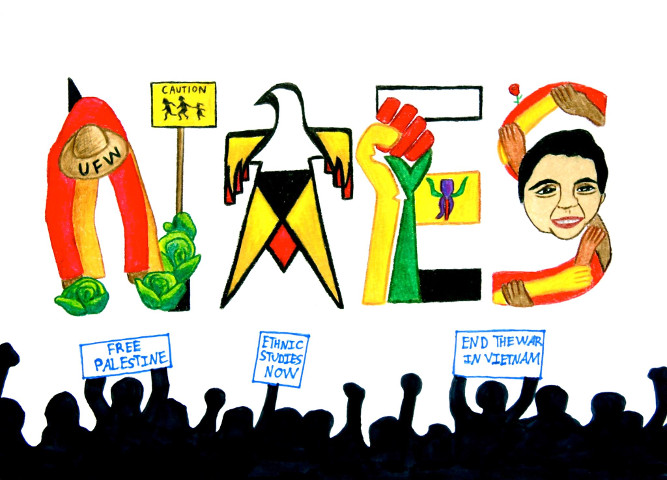Ethnic Studies Review

Orginal Publication Date
2007
Journal Title
Ethnic Studies Review
Volume
30
Issue
esr/vol30/iss1
First Page
135
Last Page
165
Abstract
The morning of July 14, 1944, was intended to be a moment of celebration for the City of Redding, California. Secretary of the Interior Harold L. Ickes had been scheduled to arrive in the booming city to dedicate Shasta Dam, a national reclamation project of great pride to local citizens and construction workers. Just days prior, however, the dedication ceremony had been canceled due to the inability of Ickes to leave Washington D.C.. Instead, a small group of U.S. Bureau of Reclamation (BOR) officials, Sacramento Municipal Utility District (SMUD) officials, and local city officials quietly gathered within the dam's $19,400,000 power plant. A BOR official flipped a switch to start one of the plant's two massive generators, sending a surge of 120,000 watts of hydroelectricity into California's transmission lines and the Pacific, Gas, and Electric (PG&E) distribution system. This energy would fuel the West's war industries and the federal defense effort in World War II. Though without fanfare, the switching event signaled the official start of commercial production of power from the world's second largest dam and keystone of the Central Valley Project (CVP). From Washington, D.C., the event was heralded by BOR Commissioner Harry W. Bashore as "a milestone in the fulfillment of visions Californians have had for nearly 100 years."2
Rights
Copyright ©ESR, The National Association for Ethnic Studies, 2007



Comments
Contributions from applied research and literature: understanding the challenges of community, social and cultural formations